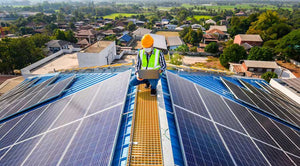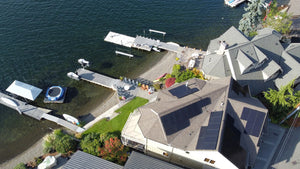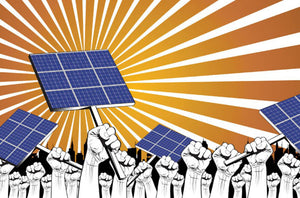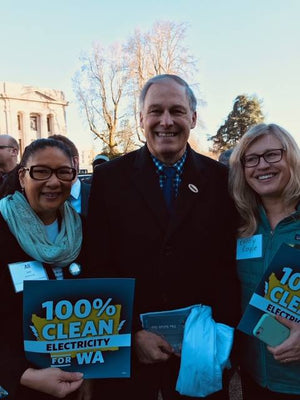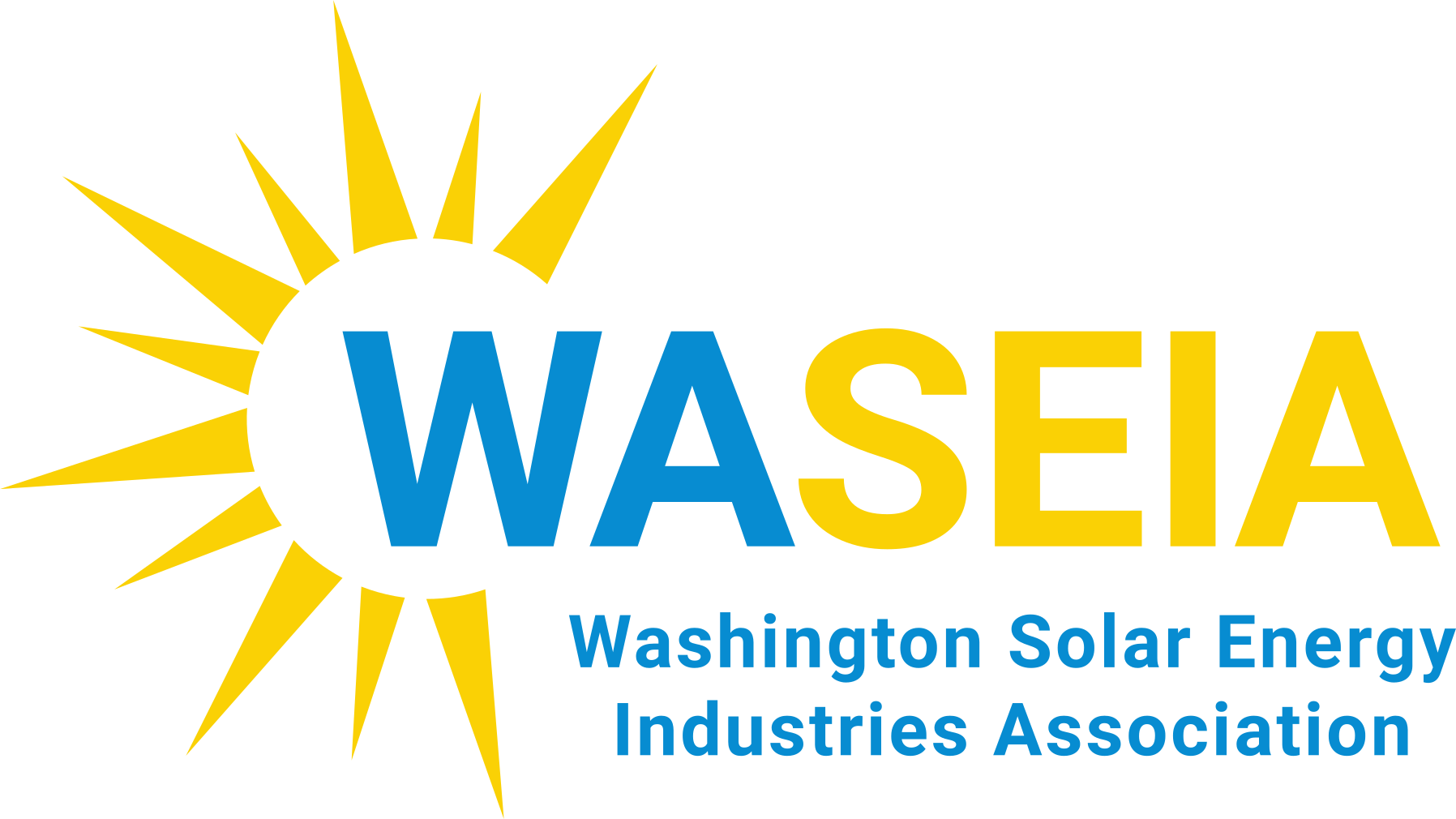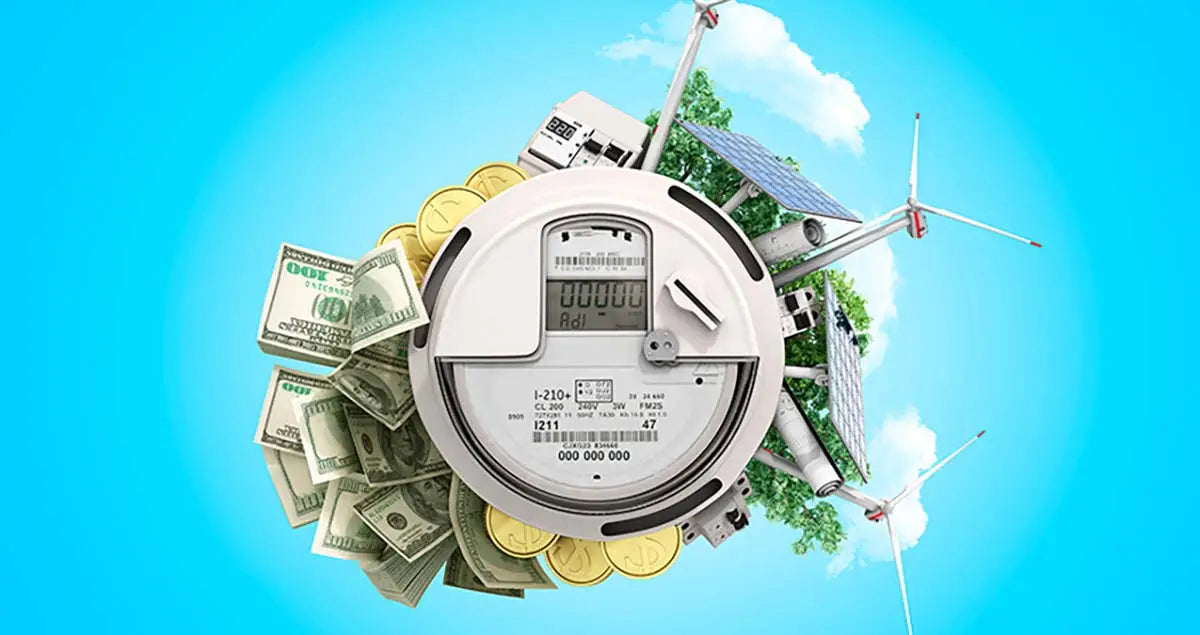
Seattle City Light to Raise Rates by Nearly 10%
All Seattle City Light customers will start paying nearly 10% more beginning January 2024 after the utility announced rate increases.
- Sun Path Electric
- Tags: Affordable Climate Hydropower rates Seattle City Light
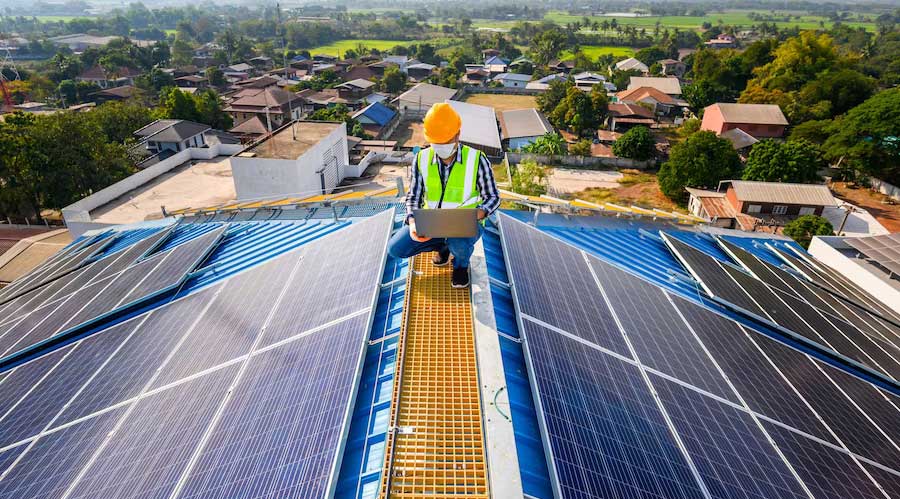
Solar Contractors
Solar power is becoming popular due to the many benefits it offers. Not only is solar environmentally friendly and sustainable, but it helps homeowners save money on their energy bills. It is important to hire an experienced and reliable solar contractor to ensure the installation process is done correctly. That’s where Sun Path Electric comes in – we are one of the best solar contractors in Seattle and the Puget Sound.Our team of experienced professionals has a proven track record of providing high-quality solar installations to homeowners and businesses alike. Our president serves on the board Washington Solar Energy Industry Association, and works hard to push solar policy foward. Our head electrician is NABCEP certified, and has been installing solar for over 18 years. We understand that every home and business is unique, which is why we take the time to assess each property to create a customized solar proposal that meets our clients’ specific needs.
When it comes to installing solar power, there are many factors that need to be taken into consideration, such as the angle of the roof, shading, and the amount of energy required. Our team of solar experts has the knowledge and expertise to analyze each property to determine the optimal solar power system that will provide the most power while ensuring the best return on investment for our clients.
We pride ourselves on our commitment to providing the highest level of customer service possible. We are proud of our 5-star reviews across all platforms. From the moment you contact us, we will work closely with you to ensure that we understand your needs and are able to meet them to your satisfaction. We believe that transparency and open communication are essential to building a successful partnership, so we will keep you informed every step of the way.
Our team of technicians is fully trained and certified, ensuring that every installation is done to the highest standards. We use only the best quality materials and equipment to ensure that our solar power systems are durable and long-lasting. Additionally, we stay up-to-date on the latest technology and advances in the solar industry, are NABCEP certified and continuously improving and innovating our services and products.
If you’re in need of a solar power installation, look no further than Sun Path Electric. We are the best solar contractor in West Seattle. We are committed to providing our clients with the best quality workmanship and customer service possible, ensuring that they are satisfied with their solar power systems for years to come.
In addition to our exceptional solar installation services, we also offer ongoing maintenance and repair services to ensure that your solar power system continues to function at its best. Our team of experts is available to answer any questions you may have regarding your solar power system and to provide ongoing support.
When you choose Sun Path Electric as your solar contractor, you can rest assured that you are getting the best possible service and support. Contact us today to schedule a consultation and see how we can help you make the switch to solar power.
- Sun Path Electric
- Tags: cost of solar home solar install solar panels Seattle solar

Sun Path Electric - Staff Profile - Sonja Ling
As a mom working in the renewable energy sector, I believe we all need to do our part to immediately reduce our carbon footprint. At Sun Path Electric, I’m in charge of permitting and I work with homeowners who want to go solar.
I first met the Sun Path team through advocacy work when I was a young mother with Cool Moms, a non-profit started by Sun Path President, Kristy Royce. My dedication to working in the renewable sector began more than twenty years ago when I was a graduate student researching the off-grid solar PV market for Tibetan herders in Qinghai Province, China. Over the following two decades I’ve spent several years with my family living in southwest China, where solar power has been widely used for years to heat water. My interest in China extends beyond solar, however: I’ve also been involved in developing Chinese women’s leadership by promoting the collective giving model of philanthropy.
In my spare time I love to hike with my family on the Olympic Peninsula. My son has also started designing solar projects and my daughter plays the cello.
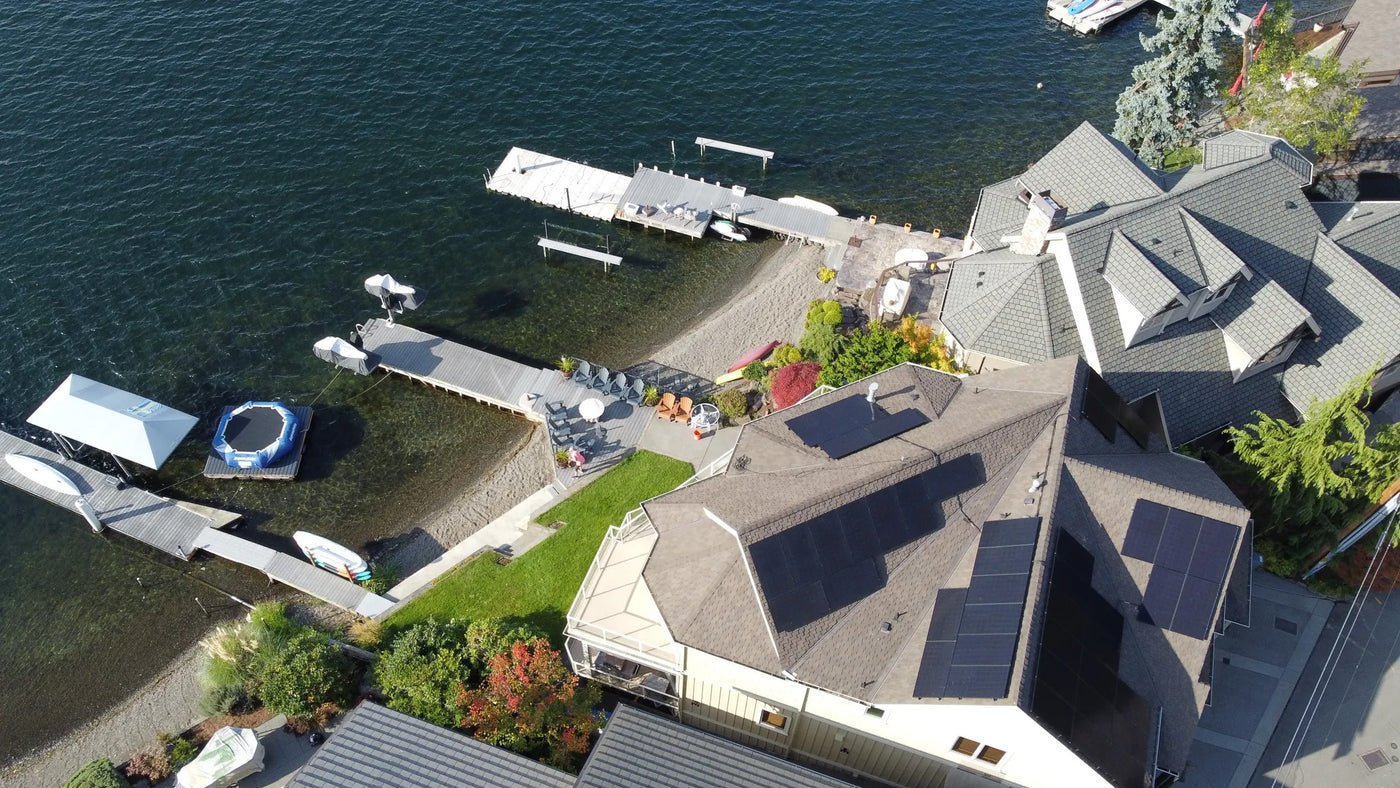
Seattle Solar - Sun Path Electric is in the Seattle Times!
Seattle Times, March 17th, 2023
by Erica Browne Grivas
Maybe you are concerned about rising energy costs, have considered buying an electric car or just want to find a more environmentally friendly way to power your home. There are a lot of reasons solar power suddenly seems more seductive. Here’s what you need to know and how to find the right solar installer.
“There’s so much interest, not just in Washington, but across the country,” says Kristy Royce, co-founder and president of Sunpath Electric, a company based in West Seattle.
Solar is growing fast in Seattle, too. Puget Sound Energy has seen the number of customers jump from 10,000 in 2020 to 17,000, said Leslie Moynihan, PSE’s product manager for customer-connected solar.
A major driver is that solar is a lot less costly than when mass production began rolling out in the 60s, and state and federal incentives are helping to make it more accessible. In 2021, the U.S. reached a record 3 million installations.
The benefits
- Using a renewable, infinite resource
- The potential to drop monthly electric bills
- Powering electric vehicles from home
- With an optional battery installed, having access to power if the power grid fails
- Selling your house faster — solar-equipped houses sell 20% faster than those without, according to Forbes.com
Intrigued? To see if your home is a contender for solar, plug your address into Project Sunroof on Google, and it will estimate your available sun, savings and costs whether you pay upfront, lease or get a loan.
Royce says she thinks Project Sunroof, likely using national statistics, tends to overestimate costs and underestimate savings. Our roof, for example, set in a sunny, open location without much tree cover, gets 1,330 sunlight hours per year, and the site estimates that if we paid $19,000 up front, we would save a total of $2,000 over 20 years — after incentives.
Pro tip: If your roof needs fixing, do that first. You want your roof to last at least 10 years, Royce estimates, so you don’t have to bring solar contractors back to reinstall your panels.
Savings costs are determined by the amount of sun your roof can capture relative to your energy usage and your tax payments. Consider how long you’ll live in the house and how much longer you’ll be working.
“Let’s say you get a $30,0000 solar system, you would then be eligible for a $9,000 tax credit,” Royce says. “If you haven’t paid $9,000 into the federal system, it will take longer,” to earn that credit if you’re retired, for instance.
“I would say a typical payoff now on a good roof with a simple design is anywhere from 10-12 years,” she says.
Very steep or dormered roofs boost construction costs.
While you may be able to drop your electric bill to next to nothing, the installation costs, however, remain hefty. Even if you can cover 100% of your electric costs over time, savings are not the primary reason to go solar.
“I like to say you are buying versus renting your power,” says Royce, adding that it protects you against increased power prices — especially if you are an electric car owner. “I have an electric car, and I don’t pay for gas.”
Perhaps most importantly, it’s good for the planet.
“It’s a very tangible thing you can do around climate change,” Royce says. “Our clients say that all the time — it just makes them happy.”
Take your time to investigate your options. Fast industry growth brings commercial opportunity — and with it some sketchy sales tactics — so don’t rush to sign with the first company that knocks on your door or pops up on social media.
“I am a huge proponent of solar and it does and can work well for homeowners in the Pacific Northwest,” says Moynihan,” but notes, “There are a lot of predatory and aggressive sales tactics out there. We have had folks who have been recently widowed and have been preyed upon for really expensive loans.”
“We want to help our customers to be knowledgeable and help them make an informed decision,” Moynihan says. “If you have someone at your door and it sounds too good to be true, it probably is. Don’t let them pressure you into signing a loan agreement today.”
Her main recommendation: “First and foremost is: do your homework, reach out for information from utilities, and always, always get multiple bids.”
PSE offers a list of recommended contractors online.
Royce recommends seeking out a local installer who is a member of Washington Solar Industries Association.
She says it’s worth looking for a warranty on workmanship (SunPath’s is 10 years), transparency about all the costs and materials, NABCEP (North American Board of Certified Energy Practitioners) certification and no hard sales tactics.
The incentives
- The Federal Investment Tax Credit currently returns 30% of your solar system costs through 2032 — any unrecouped costs can carry over to the next year without a cap.
- Washington charges no sales tax on residential solar systems.
- The state offers net metering to allow you to use the power grid when you need to, meaning your excess energy is sent to the power utility, earning credits to cover your power needs on rainy days. It acts like a piggy bank for power. This is guaranteed until the number of customers reach the state’s capacity. While it is currently at 77% according to Washington State University, Puget Sound Energy says it is confident net metering will remain through 2023 and has “no plans to discontinue opportunities for customers to interconnect to the grid or to use the power they generate.” Moynihan also notes the state legislature is discussing ways to extend net metering.
Another tip is: While the idea may be tempting to accumulate extra power, it doesn’t pay to build extra panels. Only add the panels you need to offset your costs. Excess energy can’t be exchanged for money, and credits don’t roll over past March 31 yearly, so no need to start adding panels on your shed and doghouse.
- Sun Path Electric
- Tags: Seattle solar Seattle Solar home Seattle Solar Installer Seattle solar panels
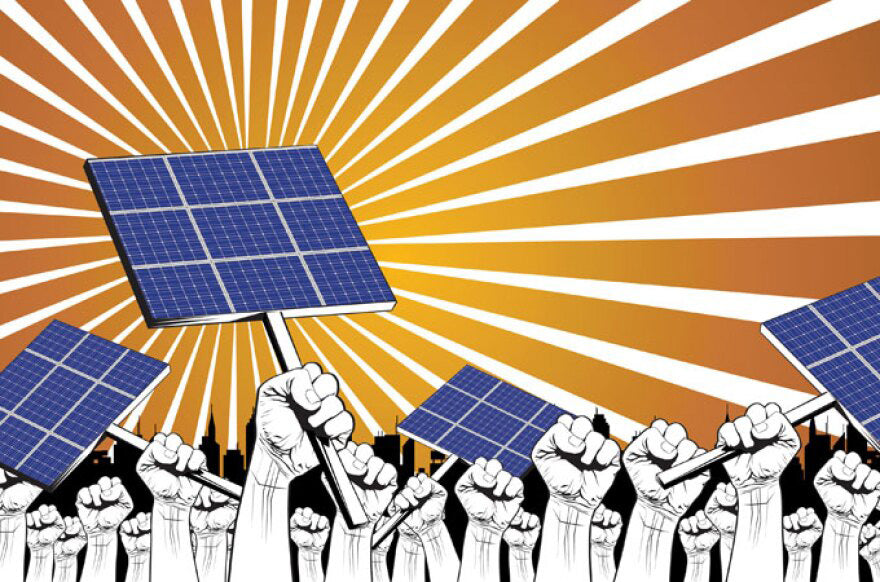
Contact Your Legislators TODAY and Stand for Solar in Washington
Talking Points:
● NOW IS THE TIME. Net metering has fostered industry growth, yet the growing demand for solar will soon surpass the cap on net metering at the precise moment that Washington is striving to decarbonize its vehicles, buildings, and electric grid.
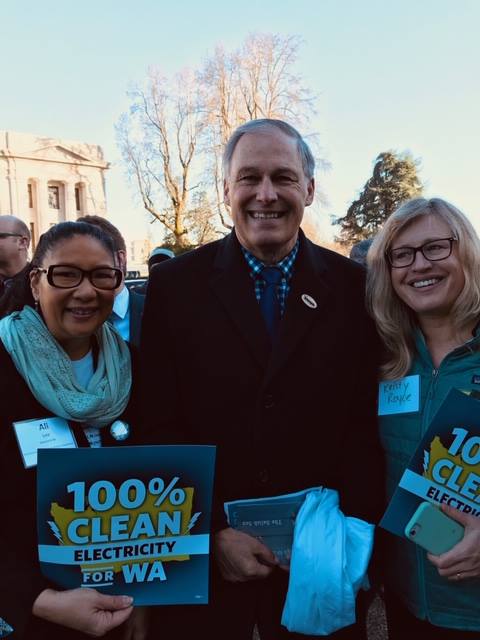
Sun Path President Joins Board of Washington Solar Energy Installers
Sun Path President, Kristy Royce, has recently joined the Washington Solar Energy Installers Association Board of Directors, while Communications Manager, Rebecca Sayre, has been hired as the organization's first Outreach Manager. Her focus is supporting the organizations legislative priorities.
We are excited about how these new roles will allow us to stay on top of the latest solar policies and messages to ensure we are doing our part to keep solar a robust and affordable resource as Washington builds out a 21st clean energy grid.
We are committed to ensuring that the future of solar is a bright one for our entire state!
To stay up-to-date on the latest legislative efforts around residential solar power, visit the WASEIA website at waseia.org.

